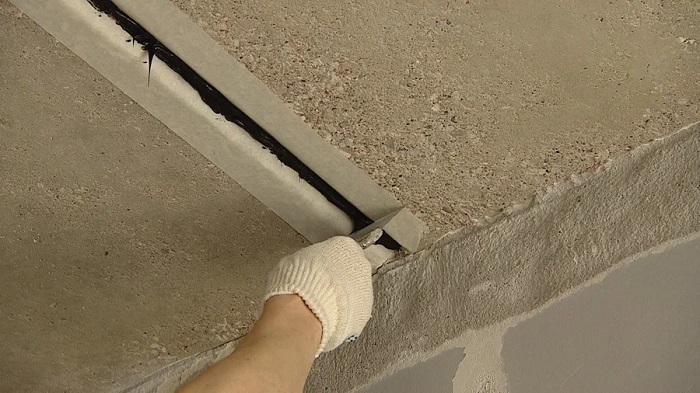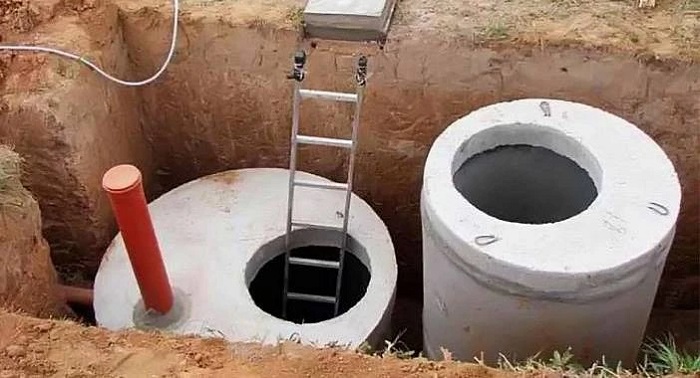Shipping military equipment from Naval Station Mayport requires strict adherence to specialized protocols to ensure safety and compliance. Military flatbed loads at Mayport involve secure tie-downs using DOD-approved methods, including chain binders and MIL-STD-209 standards, to withstand rigorous transit conditions. Mayport loads often serve CONUS routes, making compliance with CONUS rules essential. Prior to departure, all shipments undergo a thorough red-tag inspection and require escort clearance to pass the base gate smoothly. Coordinating Jacksonville freight with military logistics demands precision to maintain the integrity of sensitive cargo. This introduction sets the stage for understanding the critical steps necessary to secure military equipment, ensuring safe and efficient transportation from Naval Station Mayport.
2. Overview of Mayport Loads and Jacksonville Freight Operations
Mayport loads consist primarily of military flatbed shipments transporting heavy equipment and vehicles from Naval Station Mayport. These loads demand rigorous DOD tie-down procedures, including the use of chain binders and strict compliance with MIL-STD-209 standards to meet safety and security requirements. All shipments undergo a detailed red-tag inspection to verify load integrity before receiving escort clearance for base gate access. Jacksonville freight operations play a vital role in coordinating these military shipments, ensuring timely movement while adhering to CONUS rules governing secure transport. The seamless integration of Mayport’s military flatbed protocols with Jacksonville’s freight logistics is essential for safeguarding sensitive cargo and maintaining operational readiness. This overview highlights the interconnected processes critical to managing Mayport loads from loading through final dispatch.
3. DOD Tie-Down Requirements for Armored Vehicles
Securing armored vehicles on military flatbed shipments out of Naval Station Mayport demands meticulous adherence to DOD tie-down requirements to ensure load stability throughout transit. According to MIL-STD-209 standards, each vehicle must be anchored using the correct number and strength of tie-down chains or straps, typically heavy-duty chain binders rated for high tension. The DOD mandates a minimum of four tie-down points for armored vehicles, ensuring they resist movement in all directions under dynamic road conditions.
Mayport loads undergo a rigorous red-tag inspection prior to departure, where tie-down integrity is verified in compliance with CONUS rules to guarantee that secure transport protocols are met. These inspections also ensure that all chain binders are properly tensioned and locked. Once confirmed, shipments receive escort clearance for unobstructed access through the base gate, highlighting the critical coordination between Mayport operations and Jacksonville freight handlers.
Using standardized DOD tie-down methods not only safeguards the valuable armored vehicles but also upholds the stringent safety benchmarks essential for military logistics. Proper tie-downs prevent equipment damage and reduce transit risks, ensuring mission readiness upon arrival at the designated destination.
4. Chain Binder Use and MIL-STD-209 Compliance
- Proper use of chain binders is crucial to securing military flatbed loads from Naval Station Mayport, ensuring compliance with MIL-STD-209 and DOD tie-down standards. Key points include:
- Chain Binder Selection: Use heavy-duty, DOD-approved chain binders rated for the specific weight and type of military equipment on Mayport loads to meet MIL-STD-209 tension requirements.
- Installation Protocol: Attach chain binders to designated tie-down points on vehicles or cargo, following DOD guidelines for spacing and angle to minimize load shifting during transport under CONUS rules.
- Tensioning and Locking: After securing chains, apply proper tension using the chain binder lever until the load is immobilized, then lock binders in place to prevent loosening during transit.
- Inspection Procedures: Conduct a thorough red-tag inspection before departure, verifying that all chain binders are correctly installed, tensioned, and locked, ensuring compliance with MIL-STD-209 and DOD tie-down mandates.
- Coordination with Jacksonville Freight: Confirm that all chain binder use aligns with Jacksonville freight handling protocols for seamless escort clearance and base gate passage at Naval Station Mayport.
- Following these chain binder use and MIL-STD-209 compliance steps guarantees safe, secure transport of military flatbed shipments, protecting valuable equipment and maintaining operational readiness throughout the logistics chain.
5. CONUS Rules and Escort Clearance Procedures
- Ensuring compliance with CONUS rules and obtaining proper escort clearance is vital for transporting military flatbed loads from Naval Station Mayport. Key procedures include:
- CONUS Rule Adherence: All Mayport loads must meet continental U.S. (CONUS) regulations, encompassing securement standards, weight limits, and routing restrictions to guarantee safe transit across state lines.
- Pre-Move Coordination: Coordinate with Jacksonville freight and military logistics early to schedule routes that comply with CONUS mandates, preventing delays at checkpoints or base gates.
- Red-Tag Inspection Compliance: Complete a thorough red-tag inspection verifying DOD tie-down integrity, including chain binder tension and MIL-STD-209 standards, before requesting escort clearance.
- Escort Clearance Application: Submit required documentation to Naval Station Mayport’s security office, detailing vehicle manifests, load descriptions, and proof of compliance with tie-down and safety protocols.
- Escort Vehicle Assignment: Upon approval, an authorized escort vehicle is assigned to accompany the flatbed load through base gates, ensuring smooth passage and adherence to base security procedures.
- Base Gate Procedures: Drivers must present escort clearance paperwork and comply with security screening at the base gate; coordination with escort personnel facilitates expedited entry and monitored exit.
- Adhering strictly to CONUS rules and escort clearance procedures safeguards Mayport loads, optimizing the secure and efficient movement of military equipment through Jacksonville freight channels and beyond.
6. Red-Tag Inspection Protocols at Base Gate
Red-tag inspections are critical checkpoints for military flatbed shipments leaving Naval Station Mayport. Before reaching the base gate, all Mayport loads undergo a meticulous red-tag inspection verifying DOD tie-down compliance, including chain binder tension and MIL-STD-209 adherence. Inspectors confirm that tie-downs meet CONUS rules to prevent load shifting during transit. This inspection ensures equipment security and safety prior to escort clearance. Only after passing the red-tag review can Jacksonville freight coordinate final paperwork, enabling smooth base gate access. Strict enforcement of red-tag protocols guarantees that military flatbed loads depart Mayport fully secured, supporting mission readiness and seamless logistics flow.
7. Common Challenges in Securing Military Equipment
Securing military flatbed loads out of Naval Station Mayport poses unique challenges that require strict attention to detail. One frequent issue is ensuring full compliance with DOD tie-down standards under MIL-STD-209, as improper chain binder tension or incorrect attachment points can compromise load stability. Mayport loads often involve heavy armored vehicles, increasing the risk of shifting if tie-downs are not uniformly applied according to CONUS rules. Additionally, coordinating thorough red-tag inspections before escort clearance can be time-consuming, especially when aligning schedules with Jacksonville freight operations. Environmental factors like saltwater corrosion near Mayport demand extra vigilance to maintain chain binder integrity. Drivers and logistics personnel must also navigate complex base gate procedures, where any documentation errors may delay clearance and disrupt shipment timelines. Overcoming these challenges requires comprehensive training, rigorous inspection protocols, and seamless communication between military, freight, and security teams to ensure the safe transport of critical military equipment. Successfully addressing these hurdles protects both the cargo and overall mission readiness.
8. Conclusion: Ensuring Safe and Compliant Transport of Military Flatbed Loads
Securing military equipment on flatbed loads at Naval Station Mayport demands meticulous planning, precise loading techniques, and adherence to strict safety protocols. From understanding load characteristics and selecting appropriate tie-down methods to complying with military and DOT regulations, each step ensures mission readiness and prevents costly damage or accidents. Proper inspection and training further reinforce security and compliance. By following these best practices, Naval Station Mayport guarantees the safe, efficient, and regulation-compliant transport of vital military assets, safeguarding personnel and equipment every mile of the journey.














Leave a Reply